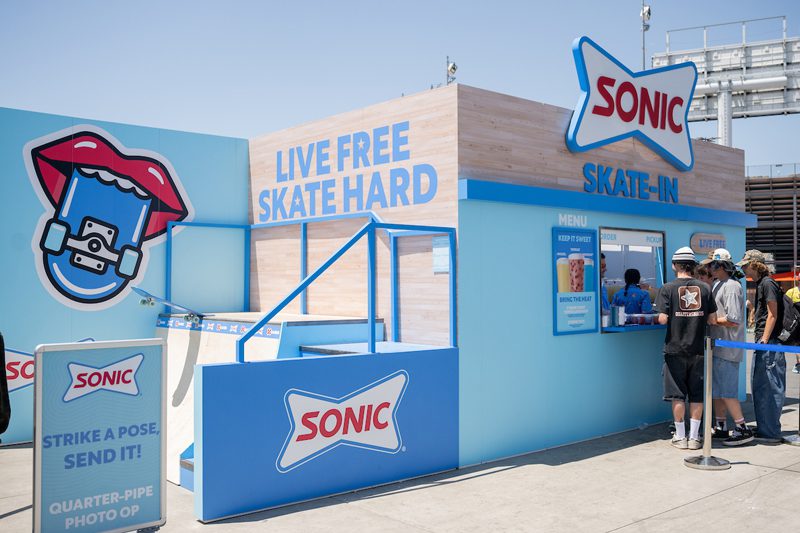By now most of you know that CPA (cost per action) is an advertising payment model by which the advertiser pays the publisher each time a specific, visitor-initiated, and qualified action occurs, such as the completion of a survey, signing up for a subscription, or buying a product. Essentially, you only pay for the action you get. What some of you may not realize is that there are two basic types of CPA ad campaign:
CPL (cost per lead): Advertisers that run CPL-based models pay their affiliates based on the number of visitors they refer who sign up as leads. This simply means the visitor fills out some requested information, such as their name and contact information, at the advertiser’s website. Such information will subsequently be used as a sales lead or be sold to another company as a sales lead. A good example of a lead would be a completed loan application that originated from the affiliate link. The CPL model usually doesn’t require a payment from the user. These programs typically pay somewhere between 50 cents and $3.00 per signup.
Advertisers paying out on a CPL basis must commit to monetizing (closing the sale) any leads garnered via their efforts. If you as the advertiser are paying for the acquisition of let’s say an email address or "user", how effectively are you monetizing the "user" compared to how much you are paying on a CPS basis (described below). For an incentivized marketing company, the "user" is monetized when he or she fulfills the advertiser’s offer on the registration path, as well as when the user’s email address is used for other subsequent offers or marketing purposes. Calculating one’s CPL is fairly intuitive, simply divide the marketing expenses by the total number of leads generated.
CPS (cost per sale): Advertisers that run CPS-based models pay their affiliates each time a user purchases one or more products. The commission can either be fixed or be a percentage of the sale price, so the amount you earn for a sale depends on how much the user spends. Amazon.com’s affiliate program is an example of a CPS arrangement. In this arrangement, Amazon.com pays an affiliate each time the affiliate sends Amazon.com a user who buys something on its website.
For direct marketers, the CPS model is a low risk option, and if offered by the publisher, it can be highly effective at an optimal rate. Advertisers offering subscriptions, such as AOL or Blockbuster Online, who pay out on a CPS basis should pay close attention to cancellation rates as to ensure a healthy ROI. For example, if you as the advertiser are paying out a high return rate on a CPS basis for subscriptions, be sure to track the lifetime value of the consumer. A consumer, who has signed up for your service and then cancels after the first month may not be worth paying for. Calculating one’s CPS is also fairly intuitive, simply divide the marketing expenses by the total number of successful transactions to come up with the cost per sale in a dollar amount.
 Network
Network

